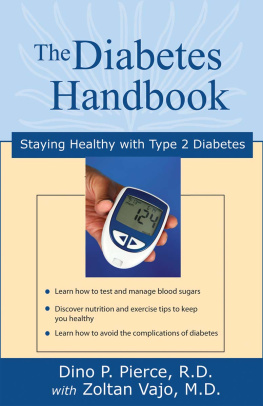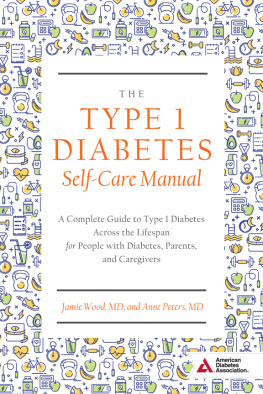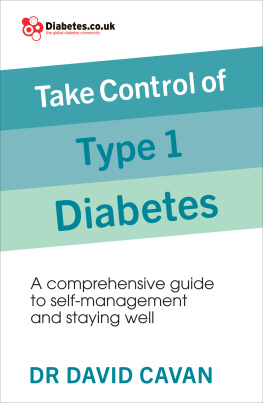Copyright 2016 by Jeffrey S. Hitchcock
All rights reserved. No part of this book may be reproduced in any manner without the express written consent of the publisher, except in the case of brief excerpts in critical reviews or articles. All inquiries should be addressed to Skyhorse Publishing, 307 West 36th Street, 11th Floor, New York, NY 10018.
Skyhorse Publishing books may be purchased in bulk at special discounts for sales promotion, corporate gifts, fund-raising, or educational purposes. Special editions can also be created to specifications. For details, contact the Special Sales Department, Skyhorse Publishing, 307 West 36th Street, 11th Floor, New York, NY 10018 or .
Skyhorse and Skyhorse Publishing are registered trademarks of Skyhorse Publishing, Inc., a Delaware corporation.
Visit our website at www.skyhorsepublishing.com.
10 9 8 7 6 5 4 3 2 1
Library of Congress Cataloging-in-Publication Data is available on file.
Cover design by Rain Saukas
Print ISBN: 978-1-63450-504-8
Ebook ISBN: 978-1-510-70582-1
Printed in the United States of America
To the Children with Diabetes Family
Table of Contents
Introduction
M y familys journey with type 1 diabetes began in September 1989 when my daughter Marissa, then just two years old, was diagnosed. My wife Brenda and I felt confident in the words of her endocrinologist, who said, We can make a big difference in her life. From Marissas care team we learned how to check a finger-stick blood glucose, how to measure up her Regular and NPH insulins, and how to treat a low blood sugar. Brenda and I vowed not to let diabetes stop Marissa from doing anything she would have done otherwise.
Over the years, the tools we use to care for type 1 diabetes have changed dramatically. Finger-stick checking changed from two agonizing minutes to a few seconds. Continuous glucose monitoring (CGM) systems were invented and improved and now connect to cloud services. Insulin analogs replaced Regular and NPH. And insulin pumps became commonplace. But what hasnt really changed is what happens at diagnosis. Families are taught the same thing we were: the basic mechanics of caring for type 1 diabetesthe glucose monitoring, the carbohydrate counting, the insulin dosing.
But to be honest, those are the easy parts of diabetes care. The challenge is to learn how to fit diabetes care into your life, and then to get on with livingand living well. This book contains 101 bits of wisdom, collected by our family over the years, that were shared by others much wiser than I. Think of these tips as the footnotes on living with type 1 that your care team would share with you if they had the time. (And be sure to check out the Additional Resources section for websites, studies, blogs, and more mentioned in the tips.)
While the medical management of type 1 has changed and will change with advances in medicines and devices, Im hopeful that the 101 tips within this book will be as meaningful years from now as they are today.
As you read this book, remember that Im just a dad. Always work with your childs diabetes care team on any changes you might want to make.
Jeff Hitchcock
President and Founder, Children with Diabetes
Living Every Day with Type 1
Everyday life with type 1 diabetes requires a little additional thought and planning. These tips will help enhance your family life.
Life First, Diabetes Second
If our goal in caring for type 1 diabetes were perfect blood glucose readings, we could accomplish thatbut doing so involves sitting in a hospital bed with an IV in each arm, every minute of every day, forever. So lets set that aside and assert that perfect blood glucose readings cannot be our goal, because to achieve that goal wed have a life not worth living. Our goal has to be a life worth living, and thus diabetes care has to be secondan important second, but second nevertheless.
One of the first books my wife and I read about caring for our daughter was Sweet Kids by Betty Brackenridge and Richard Rubin. (Make a note: get that book.) In Sweet Kids , Betty and Richard, who would become good friends, turned on its head what was then the standard of care for kids with type 1 diabetes: they put life first and diabetes second. That philosophy of living your life and fitting diabetes into it has always been the driving goal for our family and for Children with Diabetes, the organization that I founded and run.
If you take nothing else away from this book, take that awaylive your life as you always wanted, and figure out how to fit diabetes in.
Its Not Your Fault
After your childs diagnosis, you learned how to check blood glucose levels, determine carbohydrate contents in food, dose insulin, and treat low blood glucose levels. You overcame your fears and let your child return to school or play with friends. You also read a lot online about type 1 diabetes and what science knows about its underlying genetics and risk factors. You might be reflecting on the weeks and months leading up to your childs diagnosis, wondering what you did that might have caused it, or why you didnt catch it sooner. Its time to let those feelings go and to stop blaming yourself for anything. Based on the science of today, there is nothing you or anyone else could have done to prevent your child from developing type 1 diabetes. And unless you knew someone with type 1 diabetes, you probably wouldnt have thought your childs illness was anything other than a cold or the flu. So take this to heart: its not your fault.
There Is No CureYet
Lets get this out of the way now. Today, there is no cure for type 1 diabetes. No diet is going to change your childs life. There is no supplement that reverses type 1 diabetes. Losing weight doesnt make type 1 diabetes go away. And you dont outgrow type 1 diabetes. There is only insulin, which your child needs every day for the rest of his life.
I mention this because you will come across claims of miracle cures, perhaps even by friends. Dont be fooled. Dont spend any money on them. And rest assured that the moment there is a cure, you will read about it on the front page of every newspaper, youll hear about it on every major television news program, people will win Nobel Prizes, and your childs diabetes care team will celebrate with you and every other family living with type 1 diabetes.
Would You Allow Something without Diabetes?
As a parent, youre going to face many decisions about what to allow and not allow as your child grows up. There will be play dates, sleepovers, school sports events, class trips, vacations, even choices of desserts. When you add diabetes to the situation, you might be tempted to say no to a request because diabetes makes events and decisions more complicated. If youre getting ready to say no, I urge you to ask yourself, If my child didnt have diabetes, would I say yes? If you answer yes, then you have to find a way to make it happen with diabetes. You owe it to your child.
Learn in Stages
You dont need to become an expert in type 1 diabetes immediately to keep your child healthy. You do need to know a few things right away, including: how to measure blood glucose; what your childs target blood sugar range is; how to measure and inject insulin; how to treat a low blood sugar; and how to estimate insulin to cover meals. Those are the basic life support skills for type 1 diabetes. Day by day, you will get better at those skills, and you can then begin to learn more about type 1 diabetes and how to care for it.

















